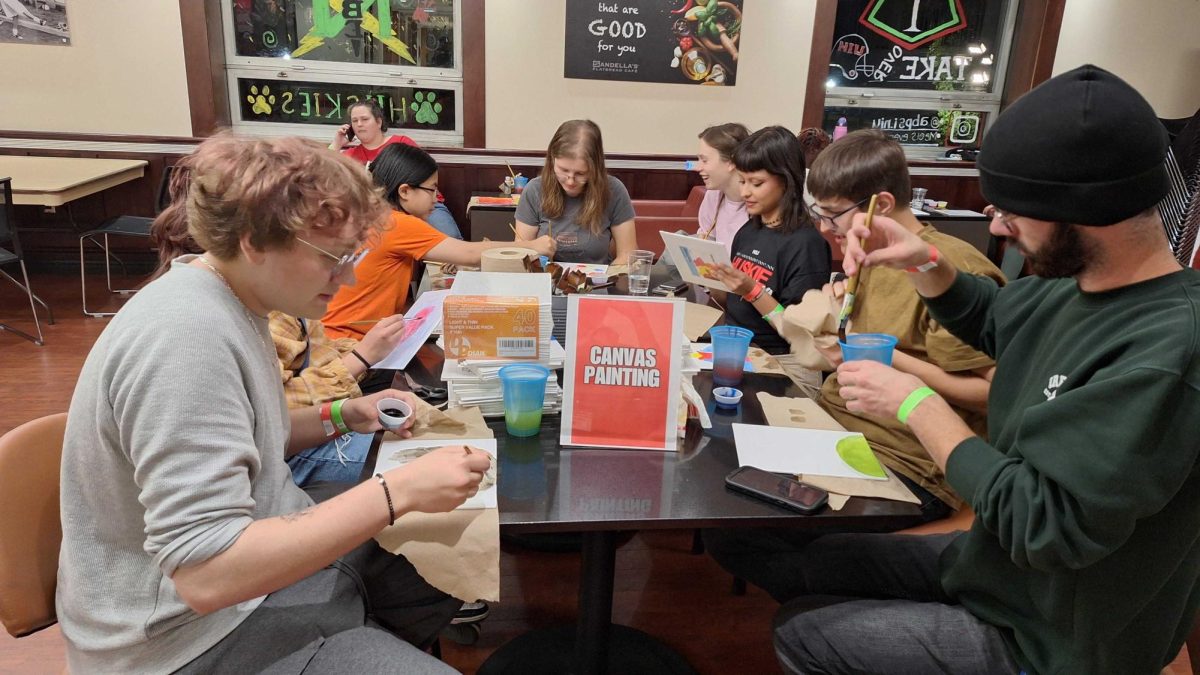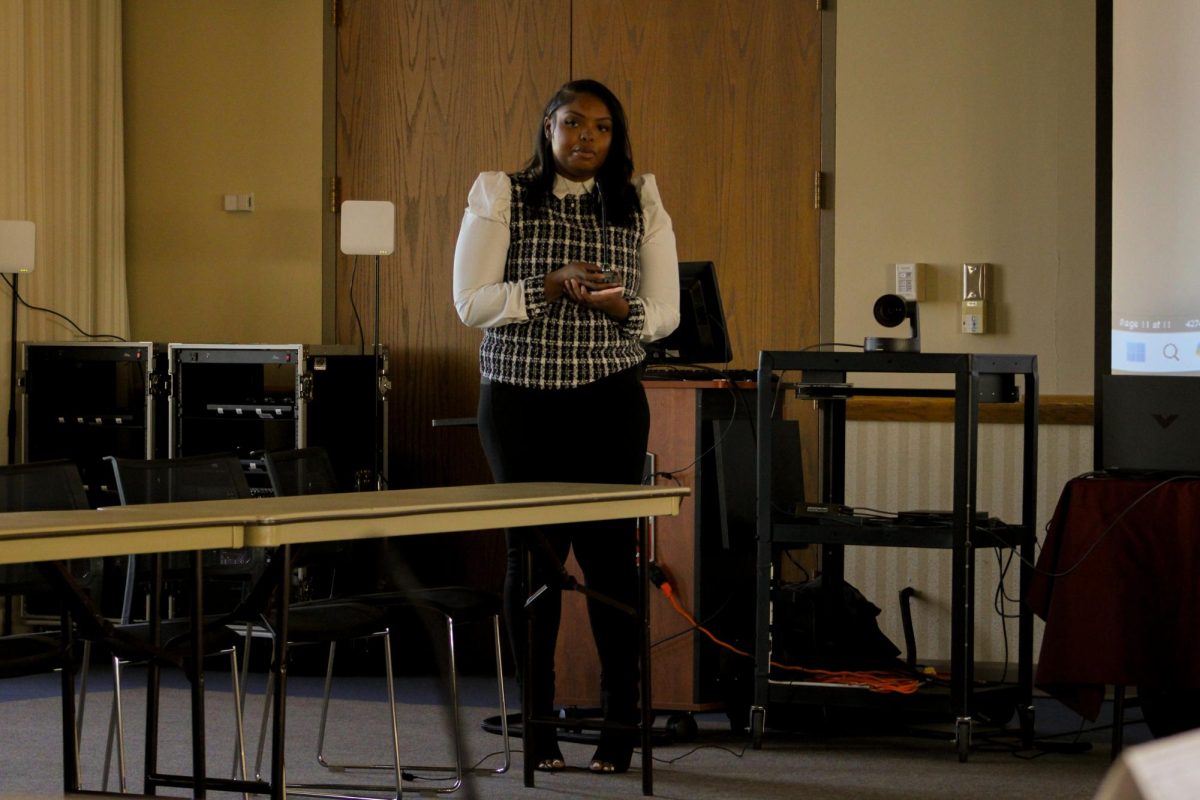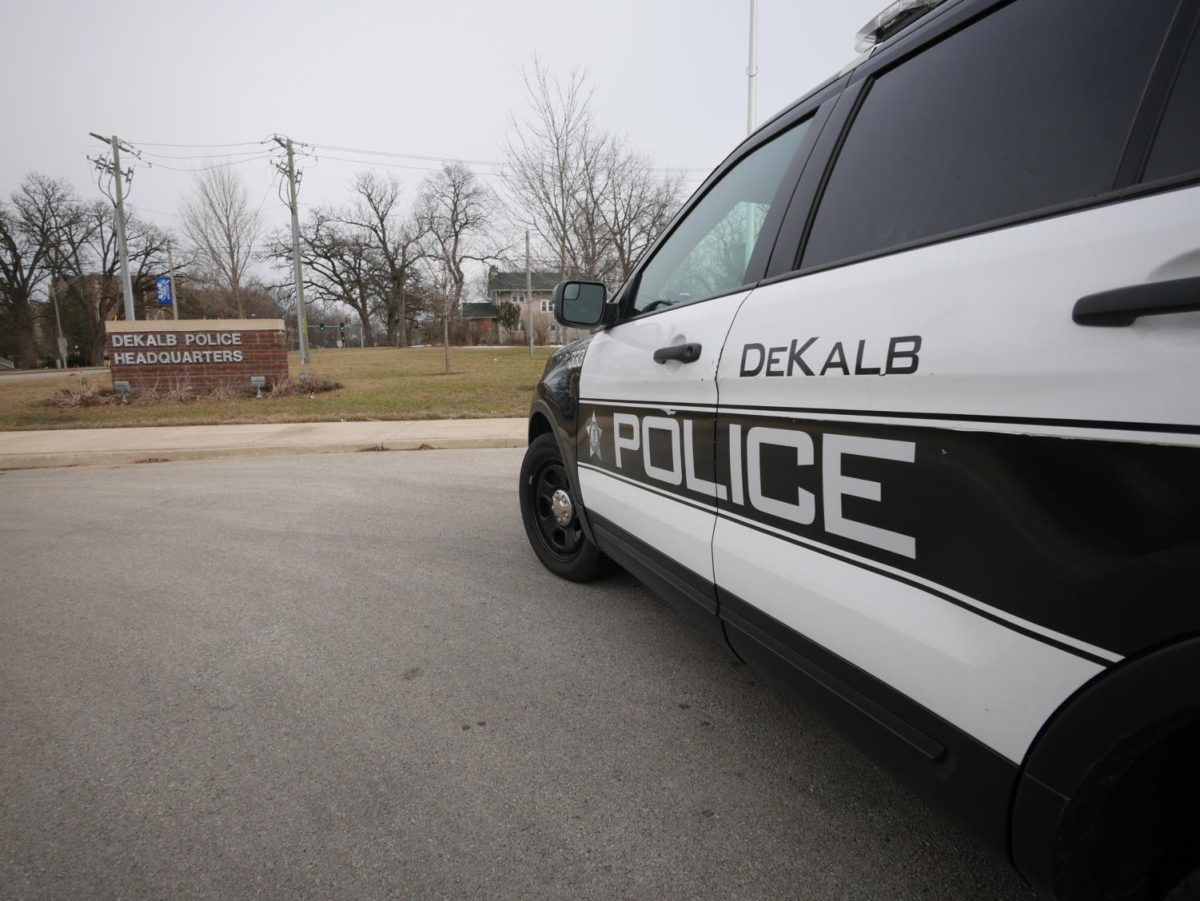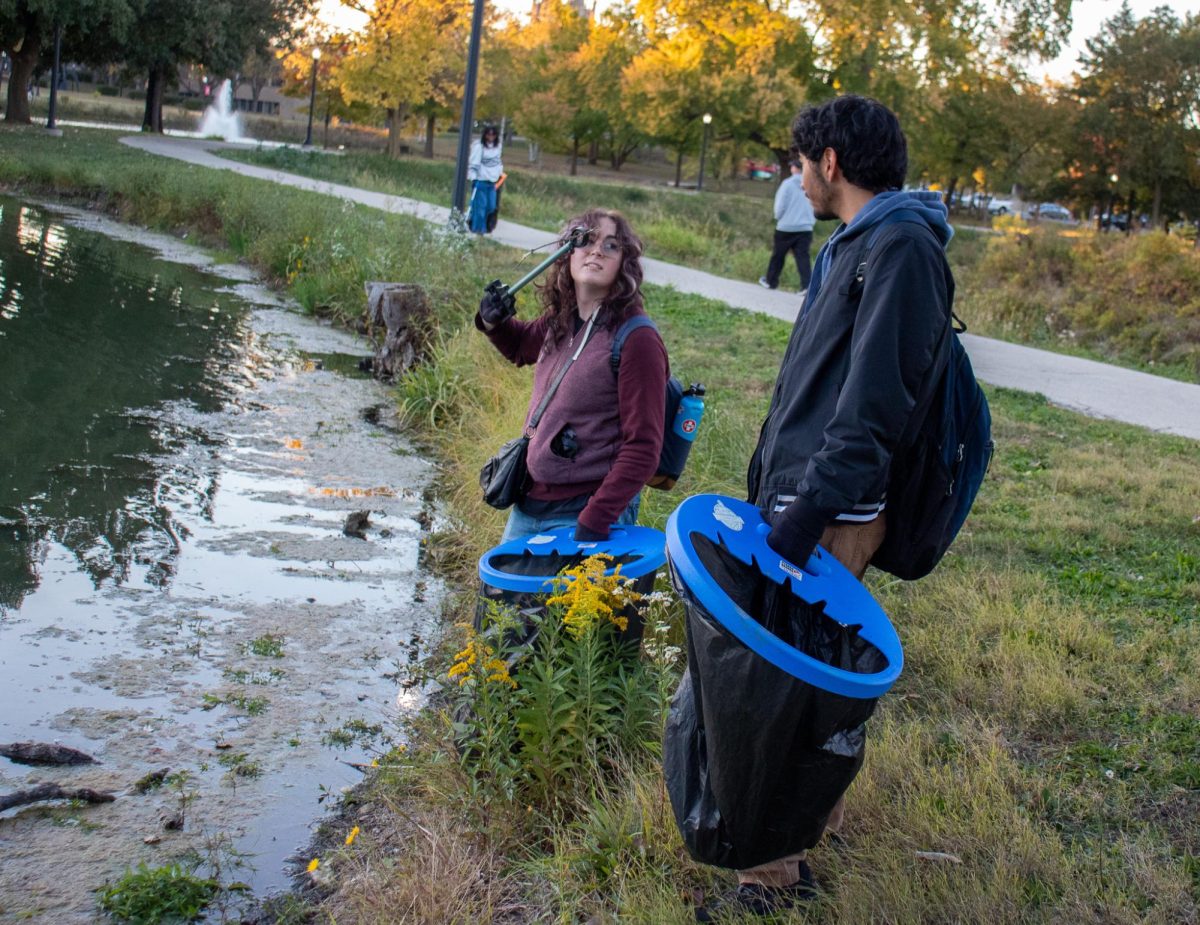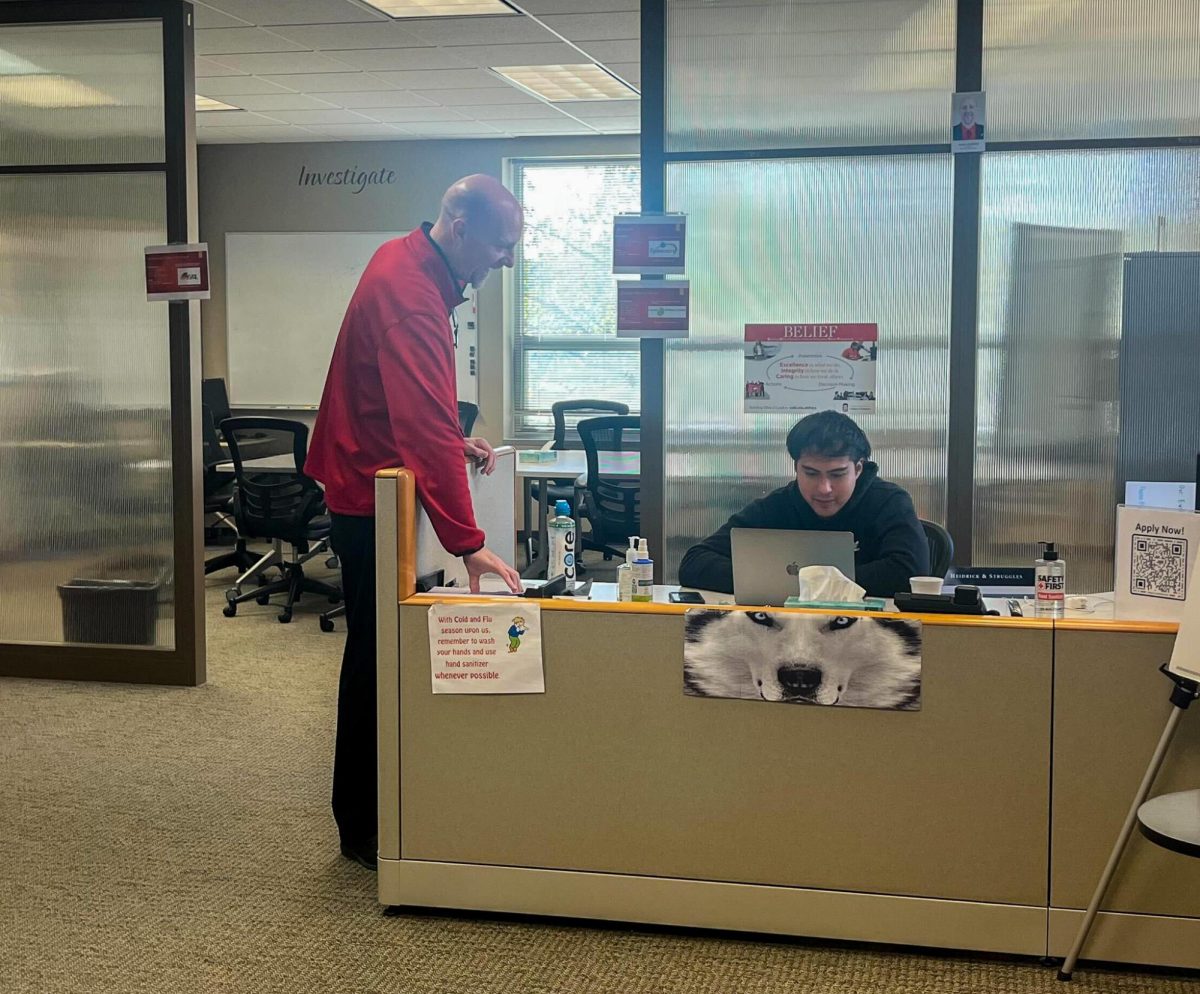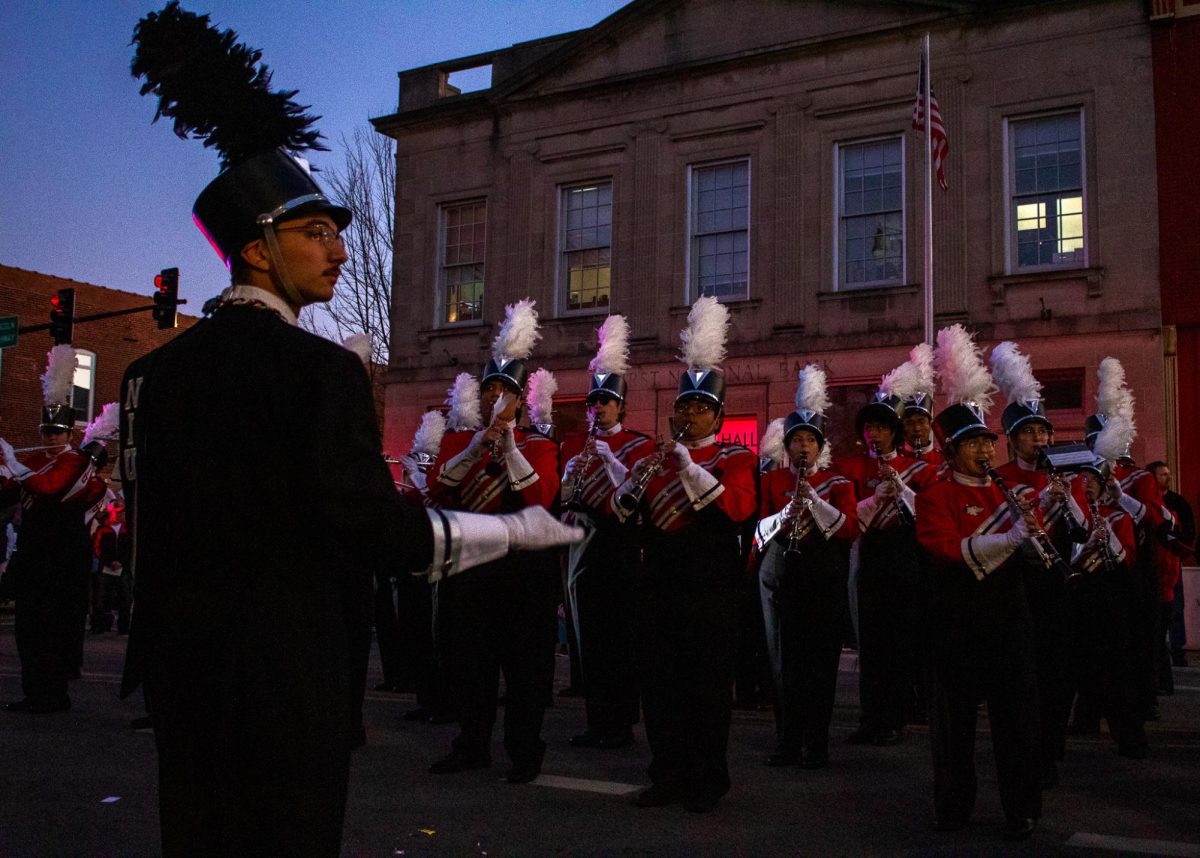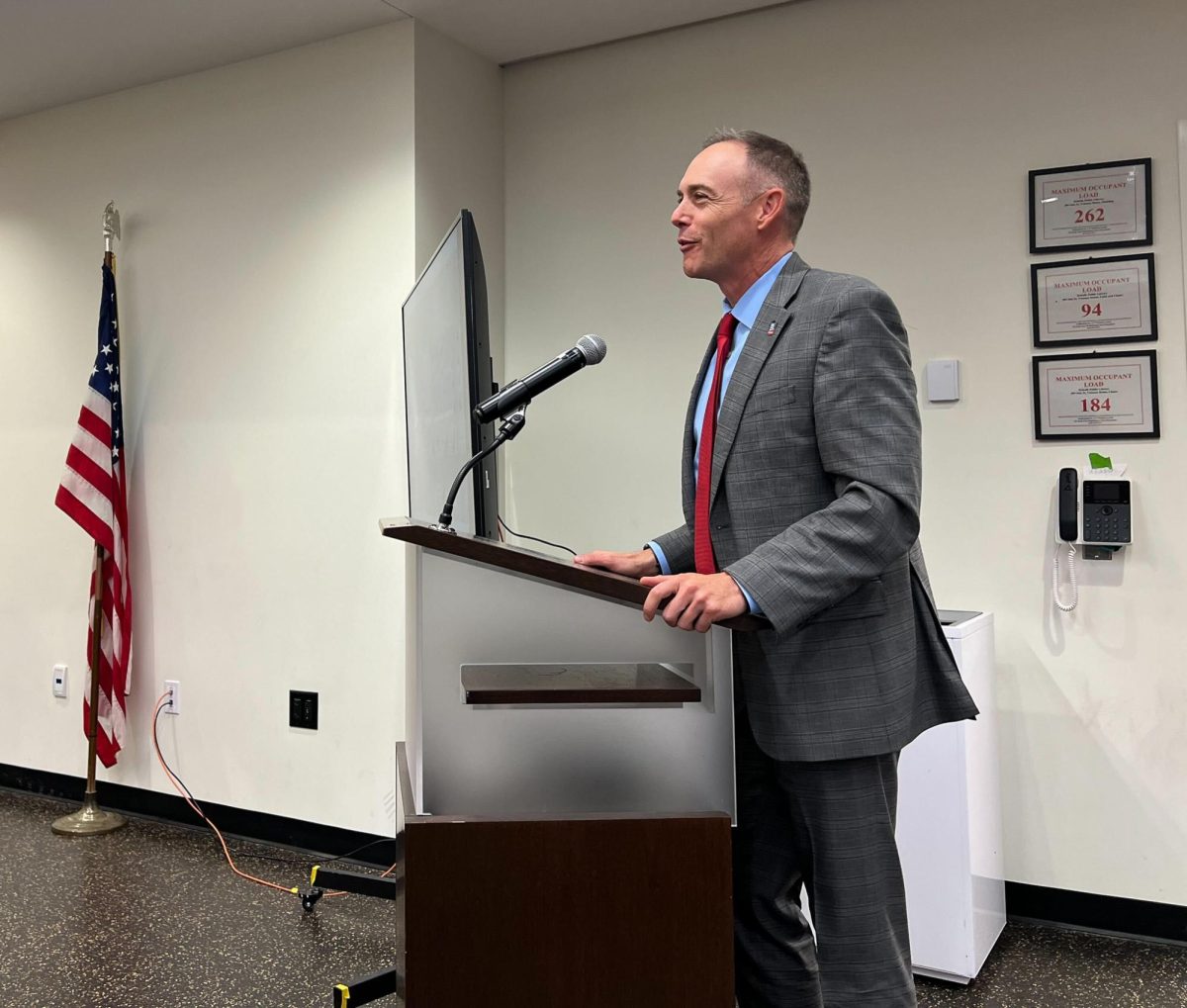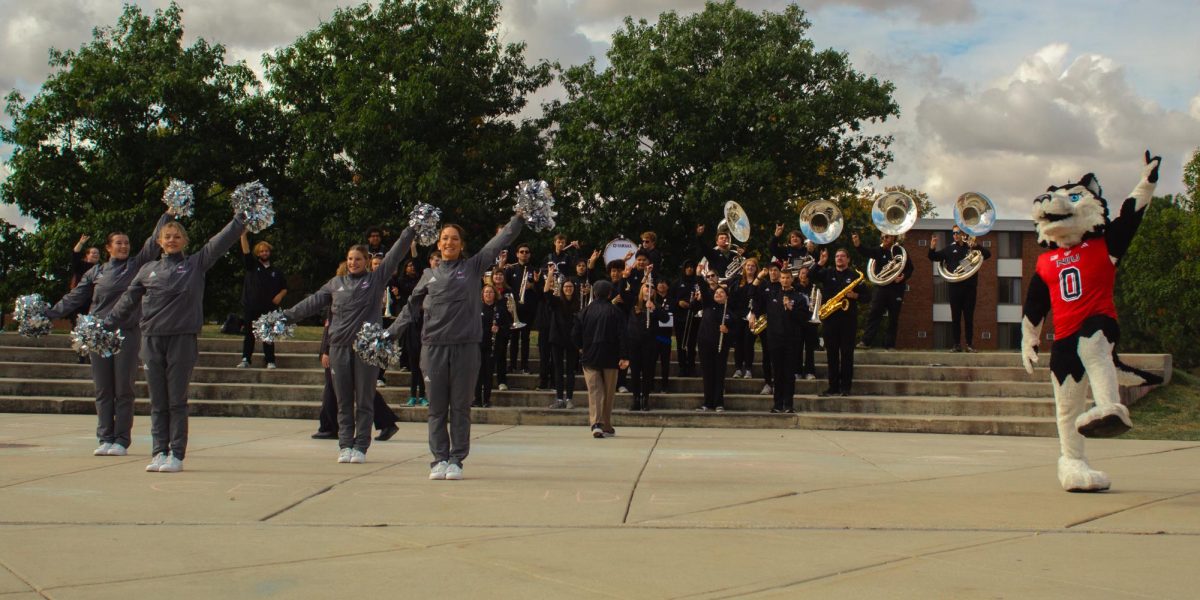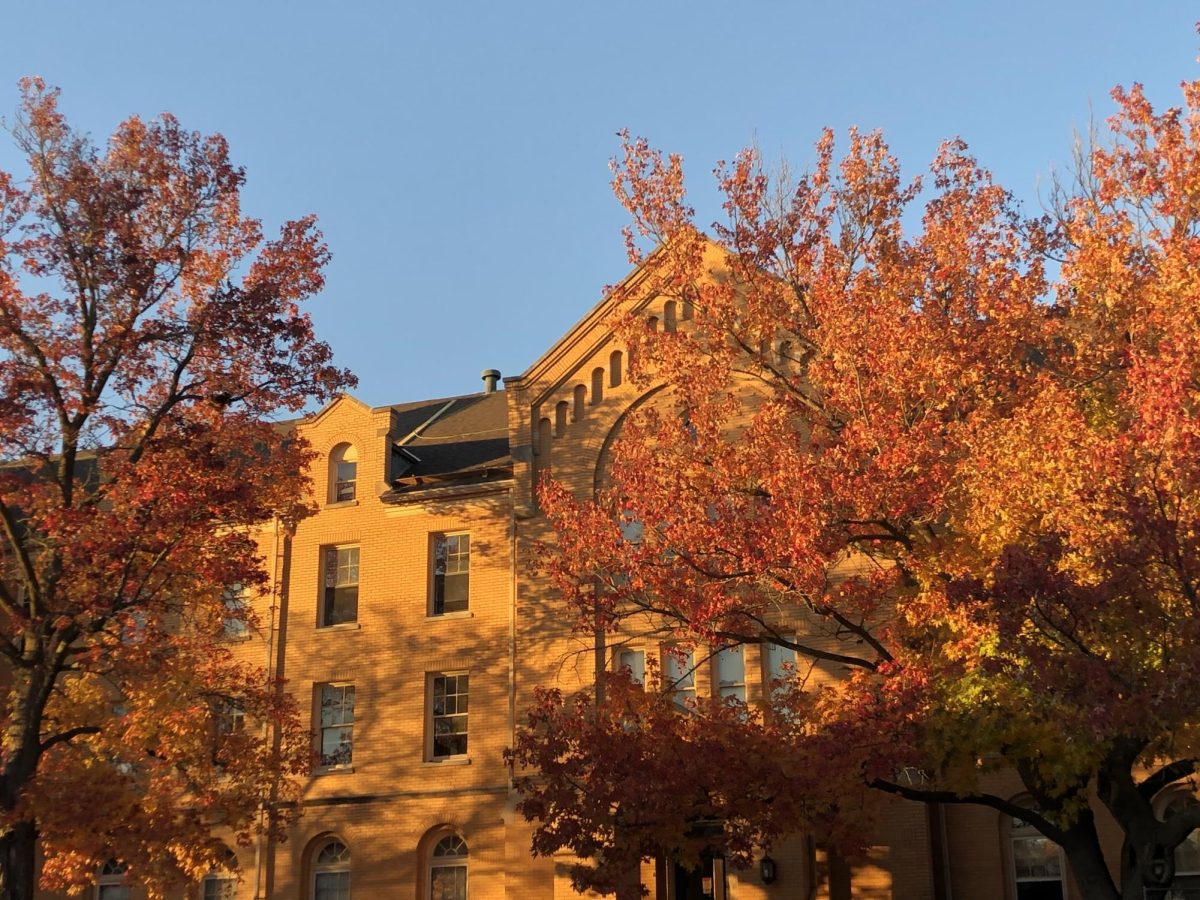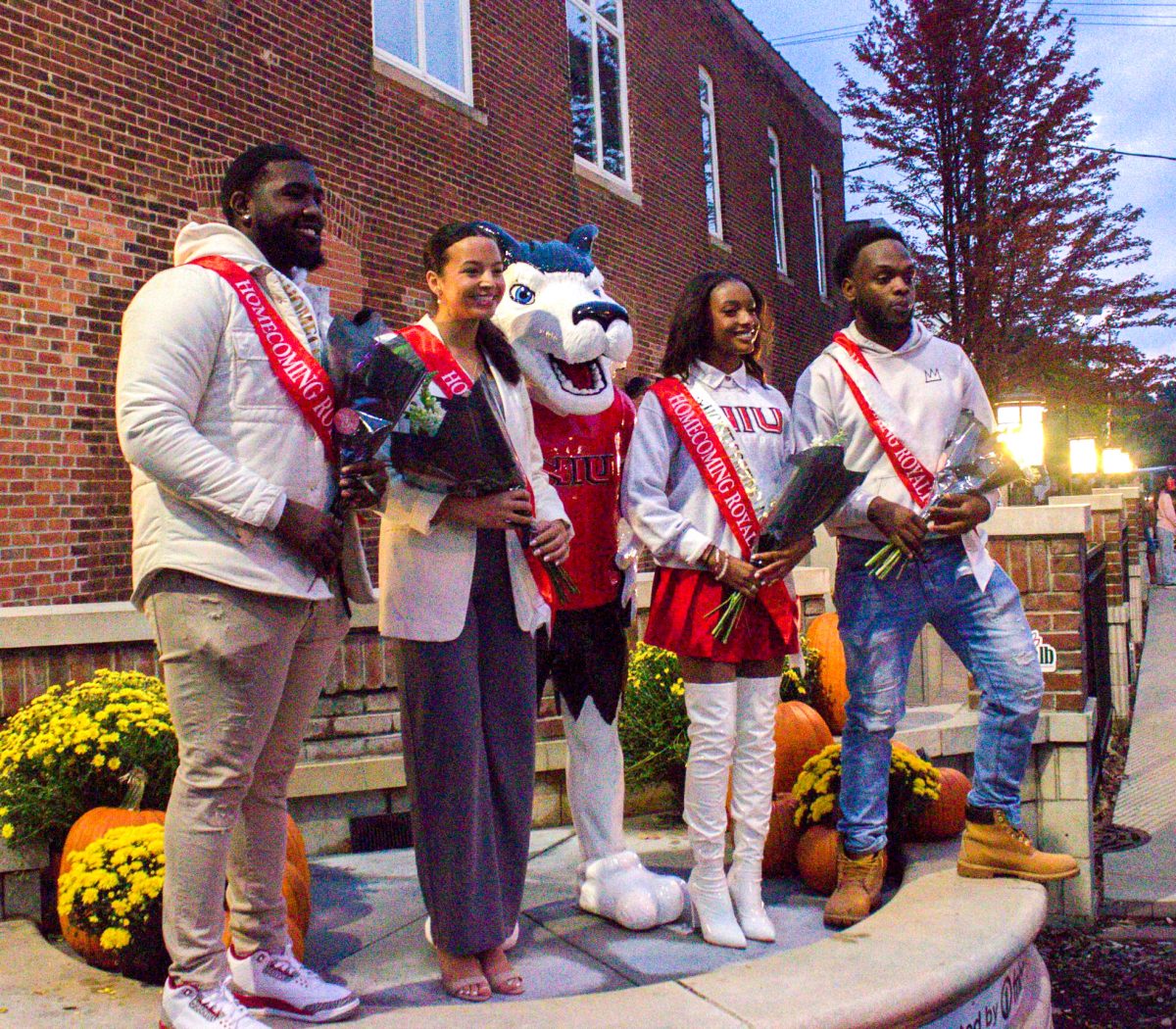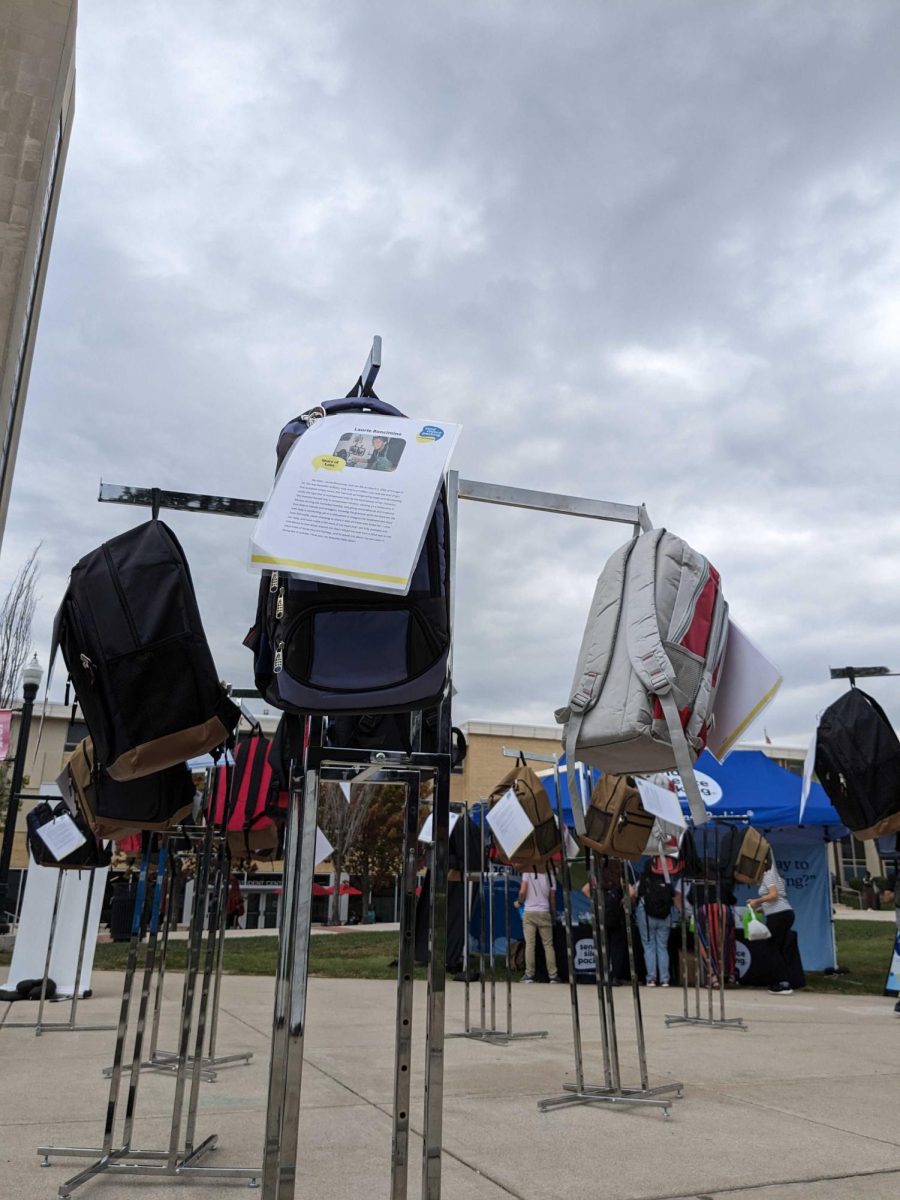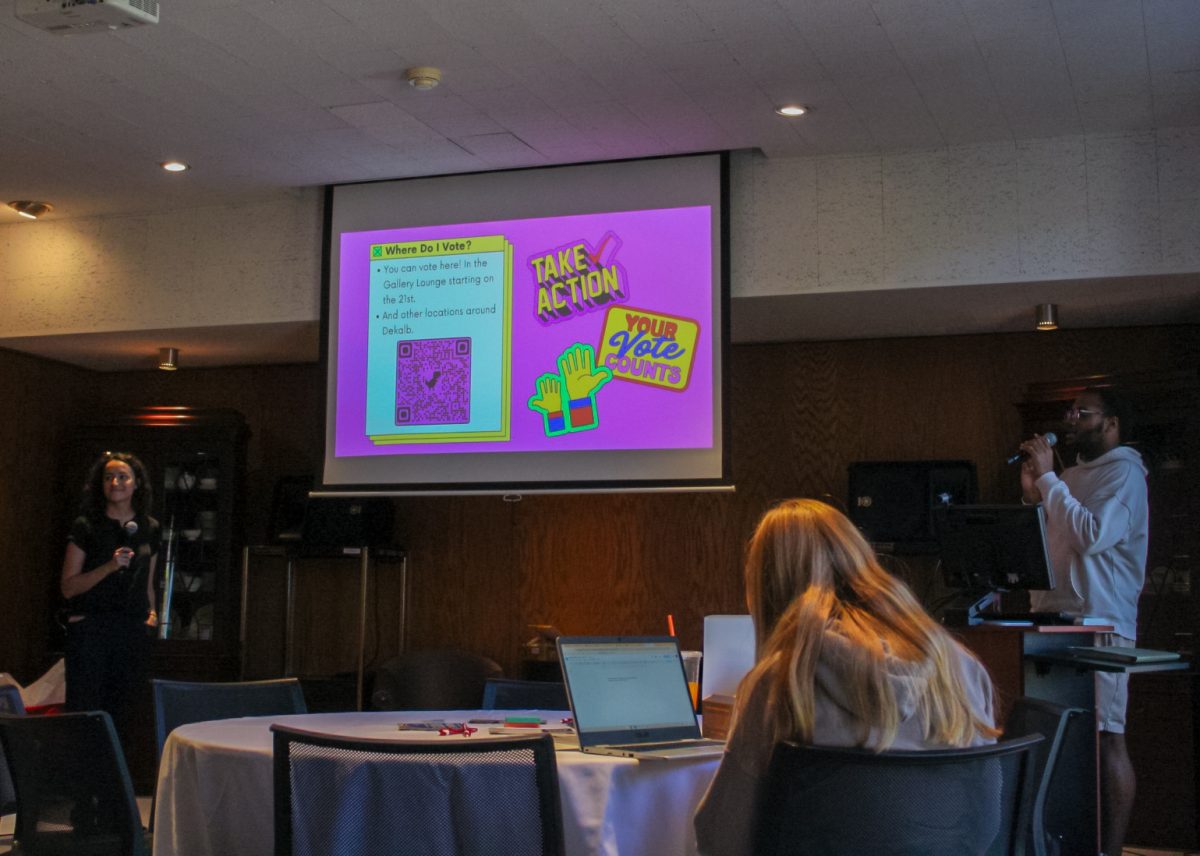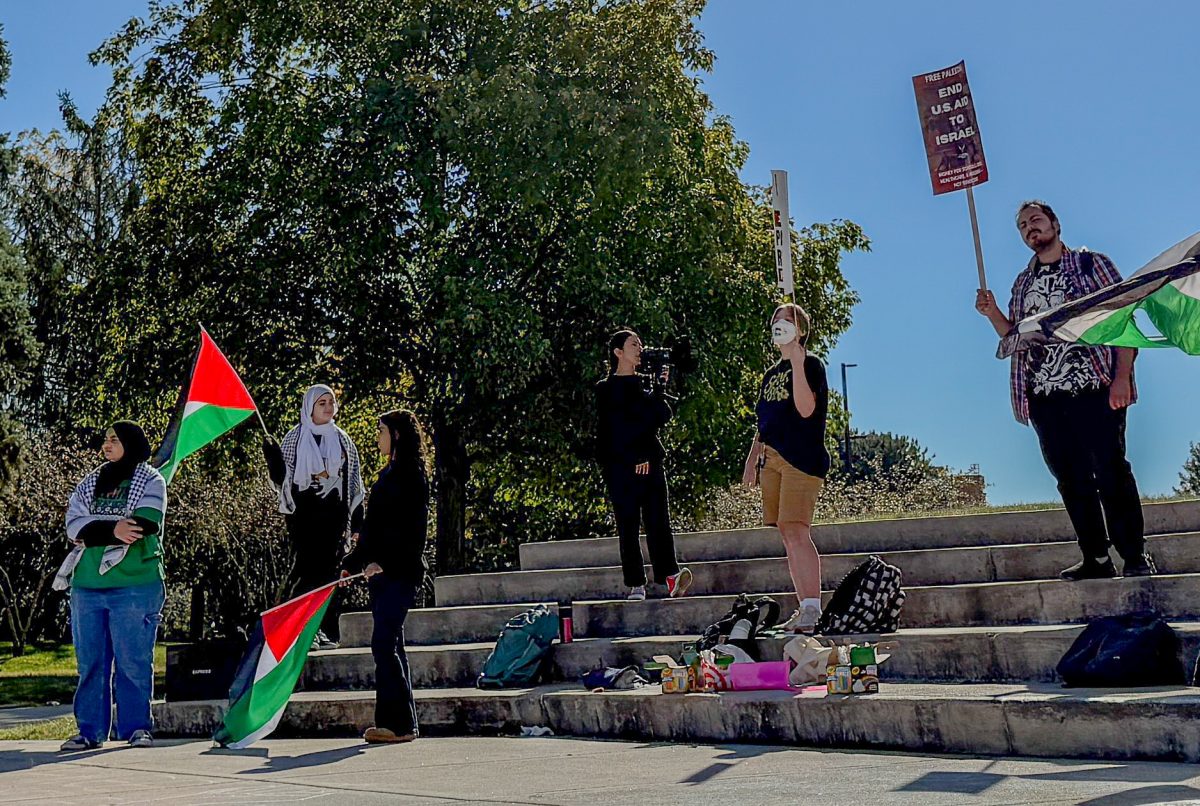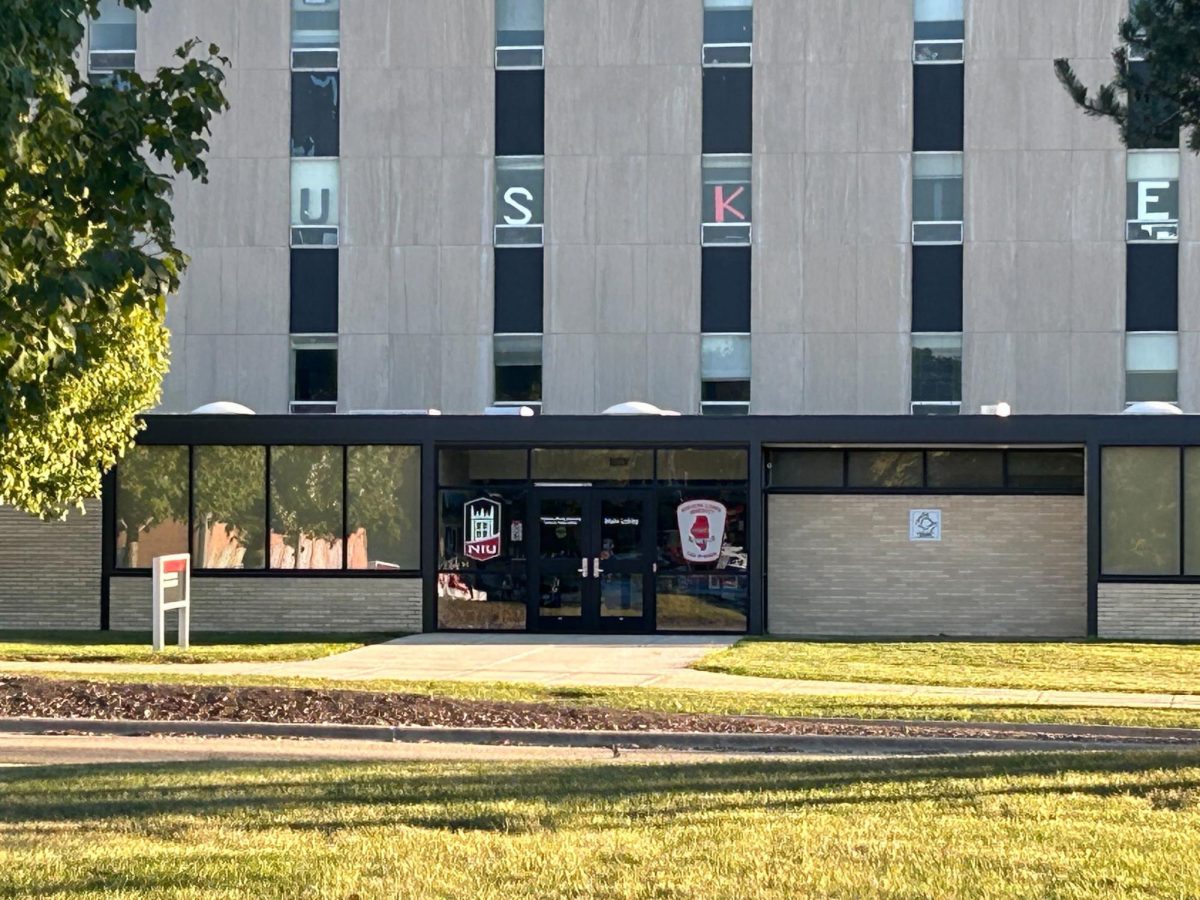DeKALB – The Illinois Commission on Equitable Public University Funding submitted recommendations to the Illinois General Assembly for a new formula that could provide fair and equitable funding to Illinois universities.
Northern Illinois University President Lisa Freeman and Director of Undergraduate Studies Simón Weffer were part of the task force that wrote the formula.
Weffer said the process started with a legislative charge following recommendations by the Illinois Board of Higher Education’s A Thriving Illinois strategy.
“The Illinois General Assembly wrote a bill saying we want a formula to be developed so that we can have funding for higher education that accomplishes three things,” Weffer said. “That it’s more equitable, that it’s adequate and it’s stable because those three components have been missing.”
Freeman says every school currently gets a percentage of the operating appropriation made available through IBHE legislature and is part of the governor’s budget. Any additional funding is secured by outside advocates.
“The IBHE has this set of percentages that the governor tells them to use and they use them every year,” Freeman said. “But if you asked how those percentages got developed, no one could answer. It wasn’t based on the number of students. It wasn’t based on the type of students. It wasn’t based on the mission of the university.”
However, Freeman said everyone agreed those three things make a difference in how much money universities need to operate effectively and help students succeed.
“During COVID, when some of the federal money came to the IBHE to be allocated to the universities, they started trying to act in a way that was more equitable,” Freeman said. “There was a recognition that something had to change, but there needed to be a very long conversation about how to do it.”
That conversation has taken place for nearly three years according to IBHE Chair and Commission Co-Chair Pranav Kothari.
“The Funding Commission has worked intentionally since November 2021 to put forth a funding model that is grounded in equity, is student-centered and is informed by data to ensure institutions receive funds needed to support the diverse needs of their student bodies and remove barriers to student access and success,” Kothari said in a press release.
According to Weffer, the new formula is patterned after the K-12 funding model.
“The basics of that is the Illinois State Board of Education created these multiple tiers, one through four, with one being the most disadvantaged and four being the most advantaged,” Weffer said. “The idea is if say there’s 100 million new dollars, more money flows to those tier one schools.”
According to figures provided by the IBHE, students are shouldering most of the financial burden with universities generating 64% of their revenue through tuition, while state appropriations contribute only 36%.
However, the new formula proposes to reverse this ratio, with the state providing 57% of total adequacy costs, while students contribute 40% and the remaining 3% coming from other institutional resources.
The state would have to increase funding to universities by $1.4 billion over the next 15 years to meet that goal.
Although Freeman is hopeful of the legislative action needed to move the recommendations along, she recognizes money is always a deciding factor.
“If we were going to meet the adequacy target for all universities in 15 years, the state would have to be putting in a 9% annual increase in the operating budget for the universities,” Freeman said. “We’ve not seen increases of that magnitude on a regular basis. Most years, even if we get an increase, that increase falls short of inflation.”
Weffer believes the General Assembly will agree with the core of the issue.
“The state needs to increase its share and I think that will make it through,” Weffer said. “At what level, I don’t know. I think adjustments for historically underrepresented and marginalized groups, those identified as low income and rural students, I think those core pieces will exist but how those adjustments work out, that’s up in the air.”
The Illinois General Assembly is currently scheduled to approve the final state budget in late May.




